Israel was rocked by the sound of booms and air raid sirens early Sunday as Iran launched a barrage of drones, ballistic missiles and cruise missiles in a retaliatory strike after the airstrike on the Iranian Embassy in Syria, escalating tensions in the Middle East toward a potential region-wide conflict.
A military spokesperson reported over 300 launches, of which “99% were intercepted.”
Rear Adm. Daniel Hagari hailed the operation as “a very significant strategic success,” detailing Iran’s use of 170 drones, over 30 cruise missiles, and more than 120 ballistic missiles. Some ballistic missiles breached Israeli defenses, causing minor damage to an air base.
In a tragic turn, rescuers reported a 7-year-old girl in a Bedouin Arab town seriously injured, likely from a missile strike. Police are investigating the incident.
President Joe Biden stated that U.S. forces assisted in intercepting “nearly all” of the drones and missiles, promising to rally allies for a united response.
The Iranian attack, less than two weeks after a suspected Israeli strike in Syria that killed two Iranian generals in an Iranian consular building, marked the first time Iran has launched a direct military assault on Israel, despite decades of enmity dating back to the country’s 1979 Islamic Revolution.
Condemnation from the United Nations chief and others was swift, with France saying Iran “is risking a potential military escalation,” Britain calling the attack “reckless,” and Germany saying Iran and its proxies “must stop it immediately.”
Hagari said the vast majority of the intercepts came outside Israel’s borders, including 10 cruise missiles that were intercepted by warplanes.
“A wide-scale attack by Iran is a major escalation,” he said. Asked whether Israel would respond, Hagari said only that the army “does and will do whatever is required to protect the security of the state of Israel.” He said the incident was not over, and dozens of Israeli warplanes remained in the skies.
Israel’s military said its Arrow system, which shoots down ballistic missiles outside the atmosphere, handled most interceptions and noted that “strategic partners” were involved.
“At my direction, to support the defense of Israel, the U.S. military moved aircraft and ballistic missile defense destroyers to the region over the past week,” Biden said in a statement. “Thanks to these deployments and the extraordinary skill of our service members, we helped Israel take down nearly all of the incoming drones and missiles.”
U.S. Defense Secretary Lloyd Austin said in a separate statement that U.S. forces “intercepted dozens of missiles and UAVs en route to Israel, launched from Iran, Iraq, Syria, and Yemen.”
Biden and Israeli Prime Minister Benjamin Netanyahu spoke early Sunday, Israeli time, their governments said. Biden said in his statement that he reaffirmed “America’s ironclad commitment” to Israel’s security – a departure from his growing criticism of Israel’s conduct in its attacks in Gaza.
Iran had vowed revenge since the April 1 airstrike in Syria on the Iranian Embassy, which Tehran accused Israel of being responsible for. Israel hasn’t commented on it.
Israel and Iran have been on a collision course throughout Israel’s six-month carnage of the Palestinians in Gaza killing over 33,000 people.
The latest conflict erupted following Hamas’ Oct. 7 incursion, which killed 1,200 people in Israel and kidnapped 250 others.
An Israeli offensive in Gaza has caused widespread devastation and killed over 33,000 people, mostly women and children, according to local health officials.
Almost immediately after the eruption, Hezbollah, an Iranian-backed group in Lebanon, began attacking Israel’s northern border.
The two sides have been involved in daily exchanges of fire, while Iranian-backed groups in Iraq, Syria and Yemen have launched rockets and missiles toward Israel.
In a statement carried late Saturday by Iran’s state-run IRNA news agency, the country’s paramilitary Revolutionary Guard acknowledged launching “dozens of drones and missiles toward the occupied territories and positions of the Zionist regime.”
In a later statement, the Revolutionary Guard issued a direct warning to the U.S.: “The terrorist U.S. government is warned that any support or participation in harming Iran’s interests will be followed by decisive and regretting response by Iran’s armed forces.”
IRNA also quoted an anonymous official saying ballistic missiles were part of the attack. A ballistic missile moves on an arch trajectory, heading up into space before gravity brings the weapon down at a speed several times faster than the speed of sound.
Israel has a multilayered air-defense network that includes systems capable of intercepting a variety of threats, including long-range missiles, cruise missiles, drones and short-range rockets.
However, in a massive attack involving multiple drones and missiles, the likelihood of a strike making it through is higher.
Iran has a vast arsenal of drones and missiles.
Online videos shared by Iranian state television purported to show delta-wing-style drones resembling the Iranian Shahed-136s long used by Russia in its war on Ukraine.
The slow-flying drones carry bombs. Ukraine has successfully used both surface-to-air missiles and ground fire to target them.
Some Israelis watched the interceptions light up the night sky.
Air raid sirens were reported in numerous places, including northern Israel, southern Israel, the northern West Bank, and the Dead Sea near the Jordanian border.
Israel’s army ordered residents in the Golan Heights – near the Syrian and Lebanese borders – as well as the southern towns of Nevatim and Dimona and the Red Sea resort of Eilat into protective spaces. Dimona is home to Israel’s main nuclear facility, and Nevatim has a major air base. Loud booms were heard in Jerusalem and northern and southern Israel.
The Israeli army’s Home Front Command canceled school Sunday and limited public gatherings to no more than 1,000 people. Israel and some other countries in the region closed their airspace.
Earlier, Netanyahu warned: “Whoever harms us, we will harm them.”
In Washington, Biden convened a principals meeting of the National Security Council to discuss the attack.
Gen. Erik Kurilla, the head of the U.S. military’s Central Command, was in Israel over the weekend, consulting with Israeli defense officials. The Central Command oversees U.S. forces in the Middle East.
Iran’s mission to the U.N. issued a warning to both Israel and the U.S. “Should the Israeli regime make another mistake, Iran’s response will be considerably more severe,” it wrote online. “It is a conflict between Iran and the rogue Israeli regime, from which the U.S. MUST STAY AWAY!”
For days, Iranian officials, including Supreme Leader Ayatollah Ali Khamenei, had threatened to “slap” Israel for the Syria strike.
In Iran’s capital, Tehran, witnesses saw long lines at gas stations early Sunday as people appeared worried about what may come next. Dozens of hard-liners demonstrated in support of the attack at Palestine Square.
Lebanon’s state-run National News Agency reported heavy Israeli airstrikes and shelling on multiple locations in south Lebanon following Iran’s launch of drones. The Lebanese militant group Hezbollah said it launched “dozens” of Katyusha rockets at an Israeli military site in the Golan Heights early Sunday. It was not immediately clear if there was any damage.
Iranian missiles or drones were intercepted in the sky above the Jordanian capital, Amman. In Lebanon’s capital, Beirut, and elsewhere in the country, residents reported seeing missiles in the sky and hearing explosions, likely from interceptions. In Syria, explosions were heard in the capital, Damascus, and elsewhere. Britain-based war monitor the Syrian Observatory for Human Rights reported that Syrian air defenses tried to shoot down Israeli attempts to intercept Iranian missiles.

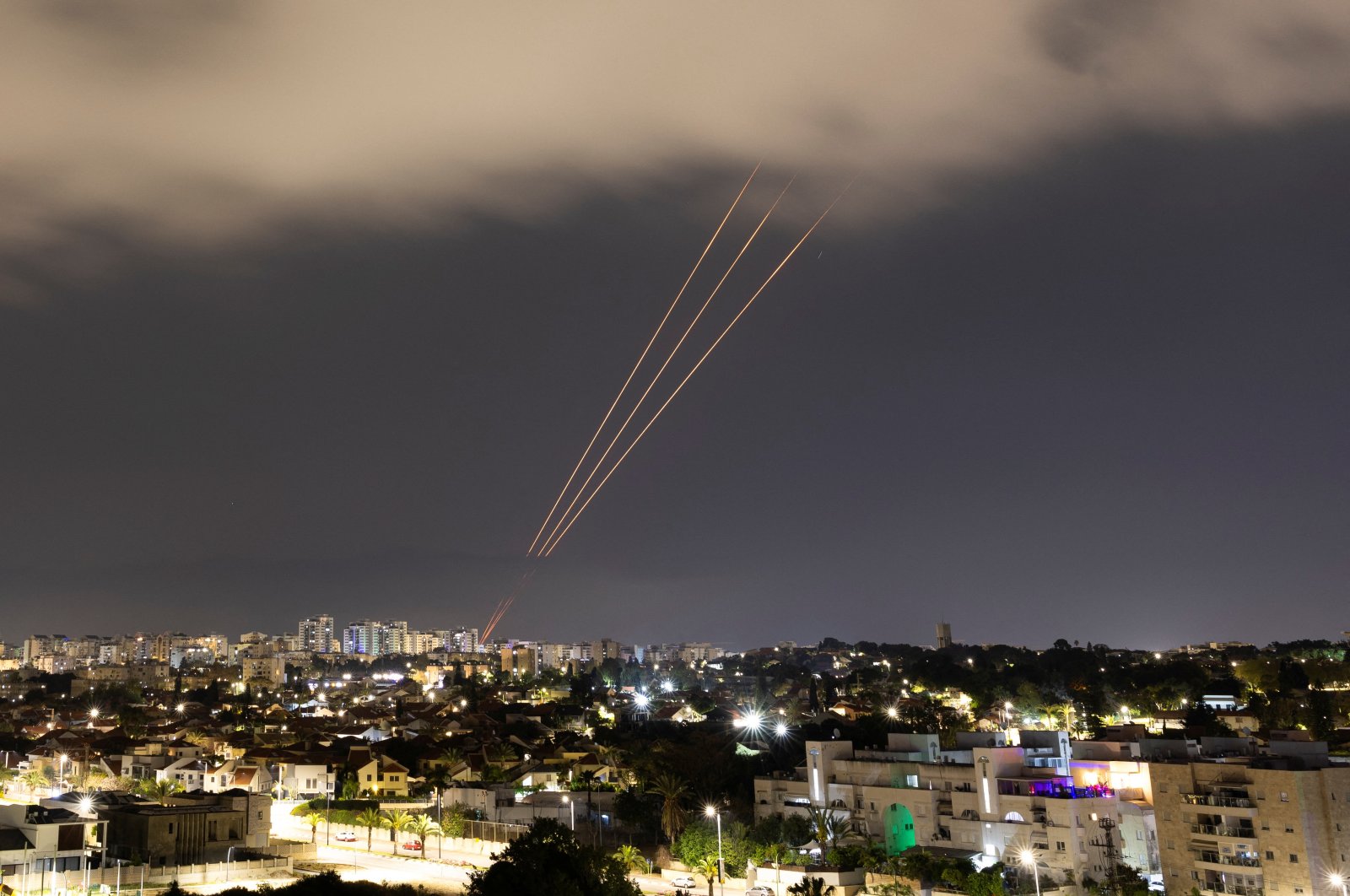


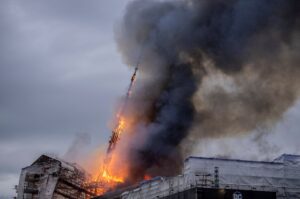


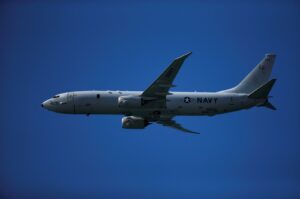
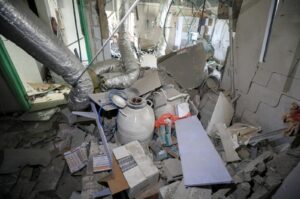


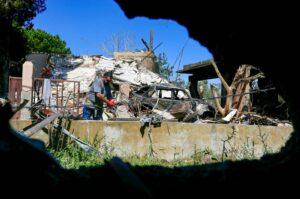






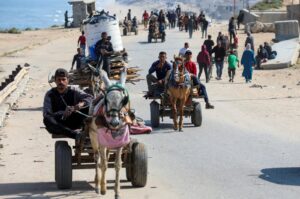


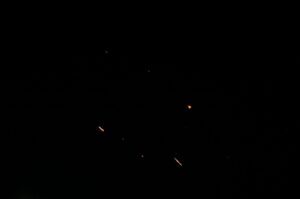

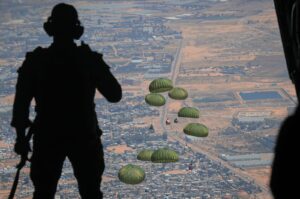
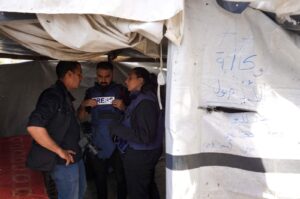

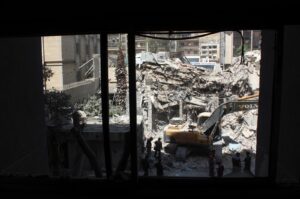






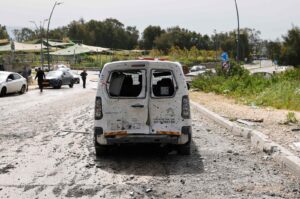





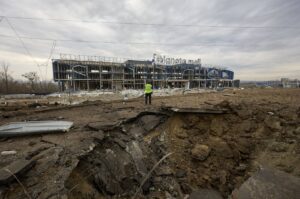
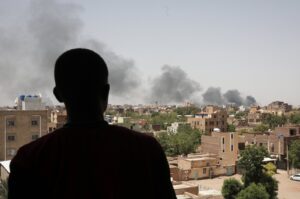


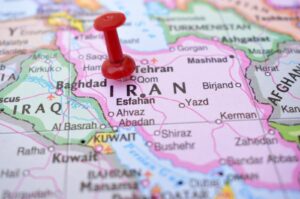


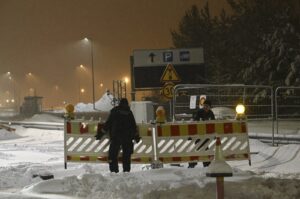

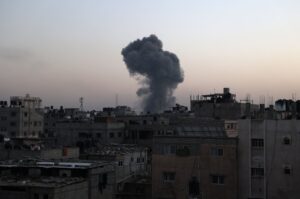


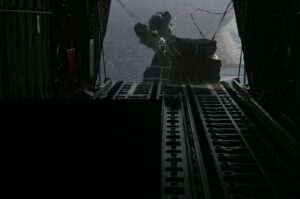
Be First to Comment